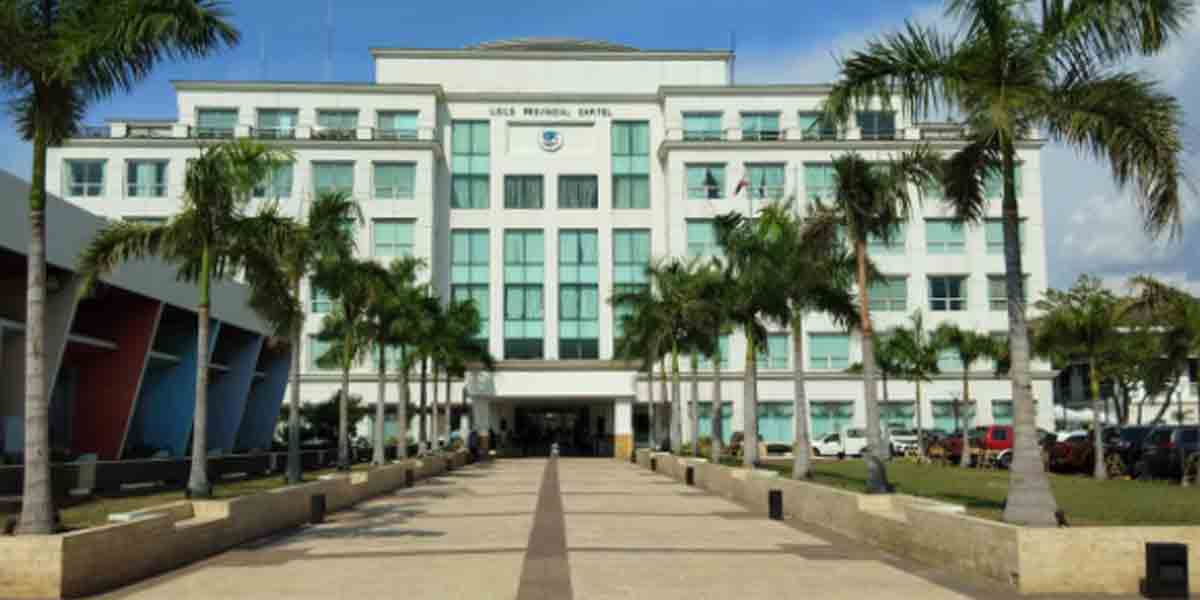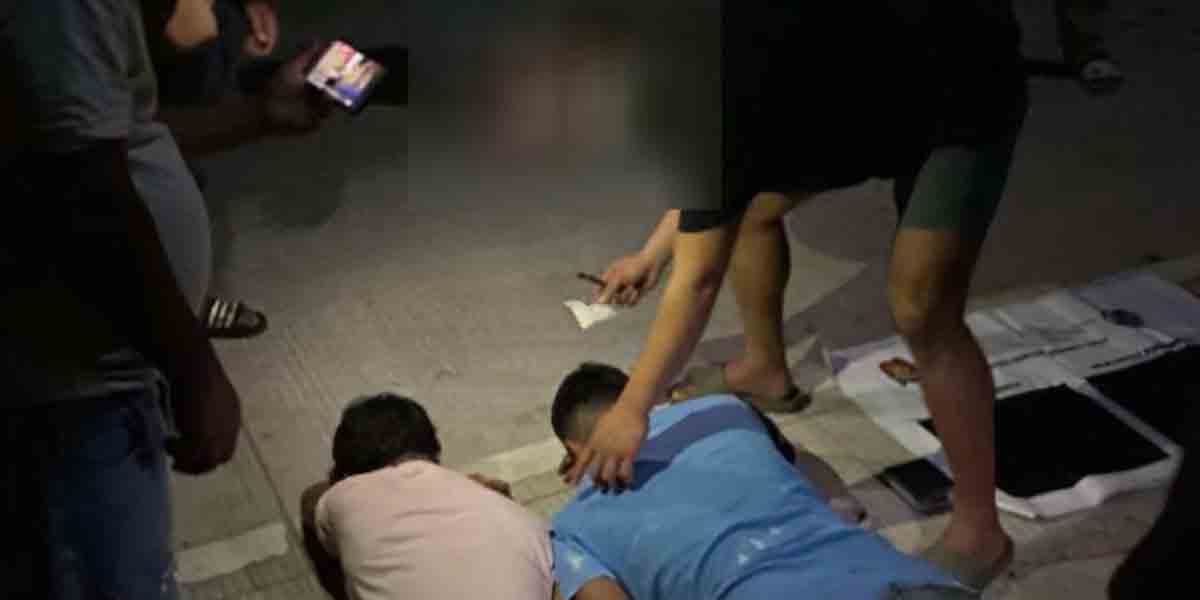By Herman M. Lagon
A few songs challenge our socio-political narrative the way “Sayaw sa Bubog” by The Jerks does. Released amidst the early 90s, a turbulent time for the country as it wrestled with the vestiges of dictatorship and the illusions of a new democratic dawn, this song encapsulates a profound skepticism towards the promises of change—promises that felt as fragile as glass underfoot.
Each “Sayaw sa Bubog” (Dance on Shards) line seems to peel back the curtain on a society adorned with the trappings of change but rooted in the inertia of old injustices. The song begins with a rhetorical question about the nature of change, an inquiry that sets the tone for a critique not just of the political climate of February—a month symbolically linked with the EDSA Revolution—but of the socio-political fabric itself. “Buwan ng Pebrero, buwan ng pagbabago. Anong klaseng pagbabago? Ano sa palagay mo?”
Promises, as described in the song, flood the landscape, a metaphor for political assurances’ overwhelming but often superficial nature. The imagery of poison being fed—a stark depiction of deception—conveys the betrayal felt by those who once hoped for substantive reform.
As the song progresses, the lyrics lament the ongoing burden of national debt—”Tuloy sa pagkakapako. May utang, pati apo”—a yoke worn by generations yet unborn. This idea of inherited responsibility for past decisions underscores a cycle of accountability that remains unbroken, trapping even the future in the debts of the past.
Central to the song is the assertion that freedom is not free, “Walang libreng kalayaan. Ito’y pinagbabayaran.” This isn’t a new idea, but our tumultuous journey through martial law and its aftermath serves as a poignant reminder that the freedoms supposedly won are often laden with costs—hidden or otherwise.
The reference to “Moro-Moro,” a traditional folk play depicting feigned conflicts between Christians and Muslims, is particularly incisive. It suggests that much of what passes for political transformation is mere theater, a spectacle designed to distract rather than to effect real change.
The chorus, with its repeated invocation to dance on shards of glass, “Sayaw, sayaw, sayaw sa bubog; ang naglalakad nang tulog, ay tiyak na mauumpog,” is both a metaphor for the perilous state of our democracy and a literal comment on the pain that comes from continually believing in a flawed system. The image of sleepwalkers bumping their heads captures the national stupor—of a people numbed by repeated disappointments.
When the song moves to the specific mention of “Hacienda Luisita,” it touches on a particularly sensitive nerve. As a symbol of failed land reform, the hacienda represents not just the unfulfilled promises of the government but also the broader failures of successive regimes to address the plight of the rural poor.
The references to varied disturbances, theft, and violence reflect the daily realities of many Filipinos, suggesting that beneath the veneer of progress lies a persistent struggle for survival and dignity. It asks the powers-that-be, “Kailan n’yo titigilan, ang mga mamamayan?”
The song closes by revisiting its initial questions, leaving them unanswered—underscoring the country’s cyclical nature of political change. “EDSA ng pagbabago. Saan, kailan, kanino?” It deeply implies that the more things change, the more they stay the same.
Nearly three decades later, “Sayaw sa Bubog” remains alarmingly relevant. It serves as a stark reminder that past struggles are not historical relics but living issues that continue to resonate. As we continue grappling with governance, social justice, and equality issues, the song’s call to critical awareness and action is as urgent as ever.
Songs like “Sayaw sa Bubog” are more than just musical expressions limited in videoke rooms; they are historical documents that challenge us to reflect on our collective journey and reckon with the realities of our societal choices. They compel us to ask ourselves about the future we want and the sacrifices we are willing to make—or resist—to get there.
***
Doc H fondly describes himself as a ‘student of and for life’ who, like many others, aspires to a life-giving and why-driven world grounded in social justice and the pursuit of happiness. His views do not necessarily reflect those of the institutions he is employed or connected with.






















